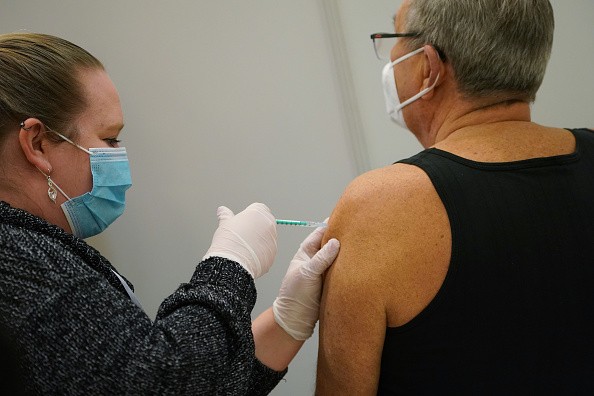
Many stories are now coming out as the Covid-19 vaccine reaches people. Here are some sting-in-the-arm stories to start the New Year of battling the virus.
What It's Like and Everything You Need To Know
New Year's Eve was when Eric Mack, 41, who had a low risk of getting infected, got his first COVID-19 vaccine dose at Holy Cross Hospital in Taos, New Mexico. He felt a definite bodily impulse to curl up, doze off, and used up the last hours of a historic and dreadful year sleepily sitting on his couch, feeling thankful for the technology and determined scientists and researchers.
He usually melts around needles, but the vaccine shot brought the least pain and worry from the mean end of a syringe. Circulating now in his bloodstream was the vaccine in record time developed using brand new technologies. Before, vaccines need several years to reach the public, months after the pandemic started. The Pfizer vaccine was only approved on Dec. 11, and a week later, the Moderna vaccine.
On his first day, there was a little soreness around the injection area, but he experienced and reported no side effects in the next four days. On the morning of day five, he had a headache, and a wave of nausea kept him in bed, but he takes it more like dehydration from the previous evening hike.
The only two currently authorized COVID-19 vaccines for emergency use in the US, from Pfizer and Moderna, use synthetic messenger RNA, or mRNA. It is a carrier of SARS-CoV-2 virus genetic code molecule that stimulates the building up of immune systems defenses against the virus without the actual danger of being exposed to it.
He remembers his chance to move in front of the vaccine line came as disbelief. He registered to get the shot on the New Mexico Department of Health website on Dec. 29. It looked like he would have to wait some months before his turn to get a jab. The following day, he got a group message from the local search and rescue group leader he was volunteering for. It turned out that his group's trained and mission-ready fellows were qualified to be given the serum right away together with first responders.
After the shot, he was told to download the CDC smartphone app and followed the instructions to track and report any or lacking side effects over the next coming days.
Kristen, a nursing researcher, completed her required two dosages as a participant. Her second shot was smoother and faster, though she was disheartened that there was another nasopharyngeal swab test. She received the injection, and her arm quickly became painful at the shot, much more than the first time. By the end of the day, she felt light-headed, chilled, seasick, and had a splitting headache, so she went to bed early. Around midnight, she woke up more heated at 99.4 °F (37.4 °C) and chilled, nauseous, dizzy, and barely able to lift her arm from muscle pain at the injection site. She tossed and turned and slept little for the rest of the night.
When she woke up at 5:30 am, she felt Burning at 104.9 °F (40.5 °C), the highest fever she can ever remember having, which scared her. So, when the research office opened, by then, her rage came down to 102.0 °F (38.9 °C), she called to report her reaction to the injection. The research nurse told her "A lot of people have reactions after the second injection. Keep monitoring your symptoms and call us if anything changes." For the rest of the day, her fever drifted around 99.5 °F (37.5 °C), but the next morning, all my symptoms were gone except a sore, swollen bump at the injection site.
The bottom line is during the first and second shots; both of them felt fine and the side effects are manageable.
READ MORE:
New UK COVID-19 Mutation Detected in Colorado, Severity of Contagiousness not Determined








